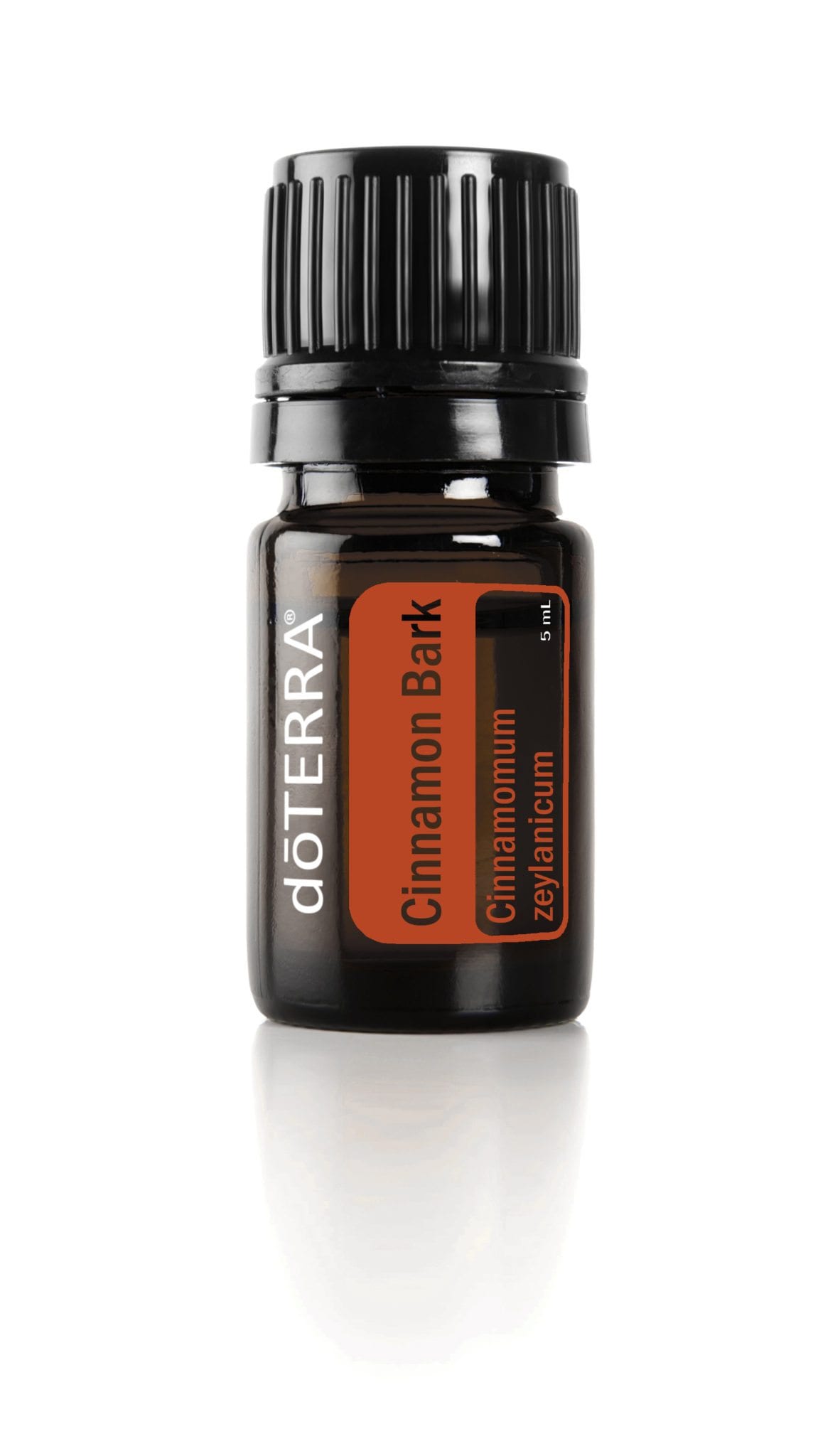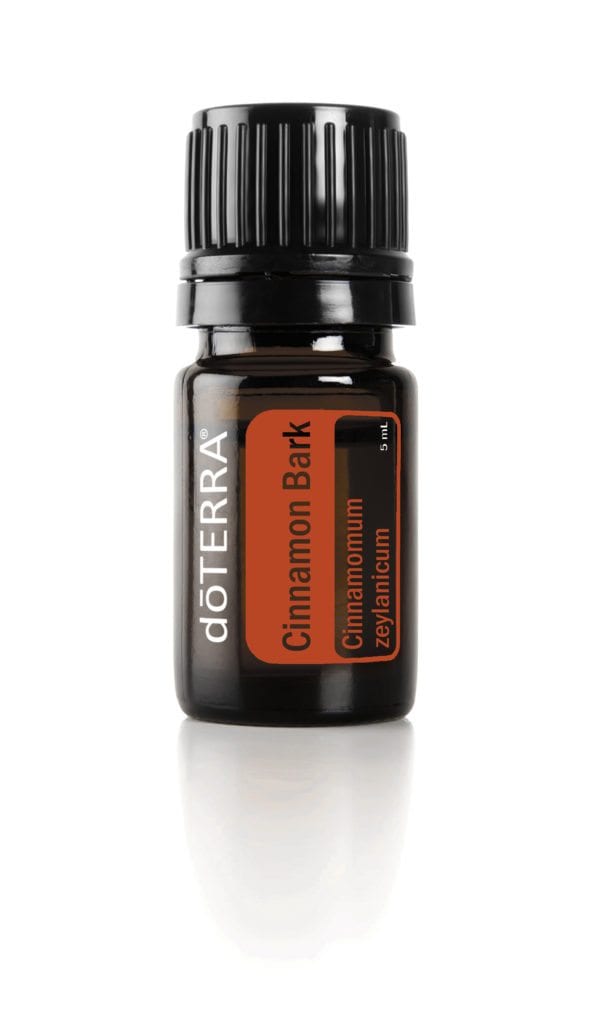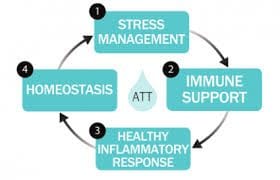
Do you feel like you could benefit from strengthening your confidence? While it’s not 100% imperative to have confidence, it certainly makes life a lot easier.
You can still accomplish things without self-confidence, but would you actually try? If you don’t believe you’re going to be successful, you’ll likely throw in the towel before getting very far. Confidence can be elusive as our success ebbs and wanes.
How can you maintain your confidence through the ups and downs of life?
Try these tips. They’ll raise your self-confidence through the roof:
- Know thyself. Make a list of all of your strengths and capabilities. Include things that you seem to have a talent for but have never actually tried. Perhaps you’re reliable, intelligent, coordinated, and have excellent musical abilities. A great way to get to know who you really are is to have your astrology chart done. An Energy-Balance ‘Who Am I?’ report will reveal your potential based on the way the stars were aligned at your birth!
- Putting your positive qualities on paper will show you the many reasons you have to be self-confident. You’re already doing better than you think.
- List your major achievements. Think about all the amazing things you’ve already accomplished. We tend to mentally linger on our perceived failures. Try lingering on the good stuff for a change. We can choose our thoughts, so choose wisely.
- Make a list of your daily accomplishments. At the end of each day, make a list of all the things you accomplished.
- Maybe you remembered to take the trash to the curb, pay all your bills on time, exercised for 30 minutes, and helped your child fix her bike.
- It might sound trivial, but each of these little things matter.
- Learn how to motivate yourself. Real, justified confidence comes from the ability to achieve goals. Achieving goals largely comes from the ability to stay motivated.
- We all know it’s easier to put things off, procrastinate, and invent excuses for not applying ourselves.
- Set yourself up to be successful each day. Come up with a few daily activities that will improve your life and also provide a sense of accomplishment.
- For example, you might decide to read a certain number of pages in a book each night or exercise for 45 minutes each morning.
- Stick with your plan and you’ll begin to trust yourself to follow through.
- Take good care of yourself. Looking and feeling your best can contribute to your self-confidence. Take the time to stay healthy and fit. Dress well and practice good grooming habits.
- If you take good care of yourself, you’ll start to believe you deserve it. And others will believe you deserve it, too. That’s great for your confidence level!
- Set goals to boost your confidence. Setting goals is important. It allows you to see what areas of your life require the most confidence. If you have the goal of finding your perfect life partner, you might require more confidence than when it comes to introducing yourself to others.
- Challenge your mind on a regular basis. Continue learning new things and keep your mind sharp. Everyone around you will find you interesting.
- Consider reading, doing brain puzzles, staying on top of current events, improving your vocabulary, and playing games that require a lot of thought.
- Work at it every day. Work to complete these simple steps continuously. Strive to better yourself in all of these areas each day.
- Self-confidence is not a one-time event. It has to be cultivated over time. Growing your self-confidence is not much different from growing vegetables in a garden.
Having a high level of confidence makes life so much more enjoyable. By executing a simple action plan, increasing your confidence can be fun and interesting.
Consider drawing up your own personalised self-confidence action plan. It can be incredibly rewarding. By taking charge of your life, you’ll boost your confidence even higher.

 Cinnamon Bark
Cinnamon Bark 

 dōTERRA Emotional
dōTERRA Emotional ![7[1]](https://b575792.smushcdn.com/575792/wp-content/uploads/2016/09/71.jpg?lossy=1&strip=1&webp=1) dōTERRA’s
dōTERRA’s 